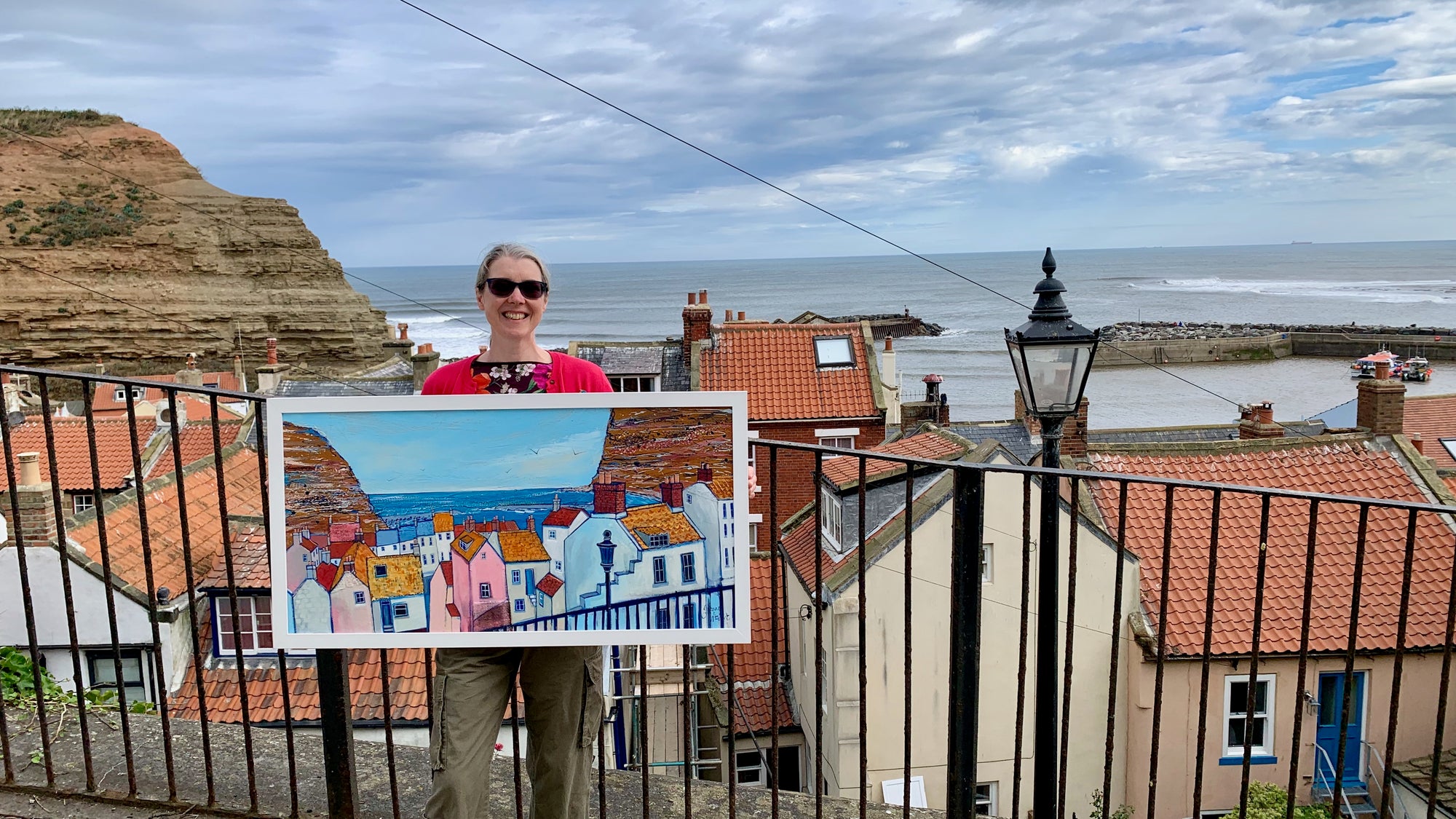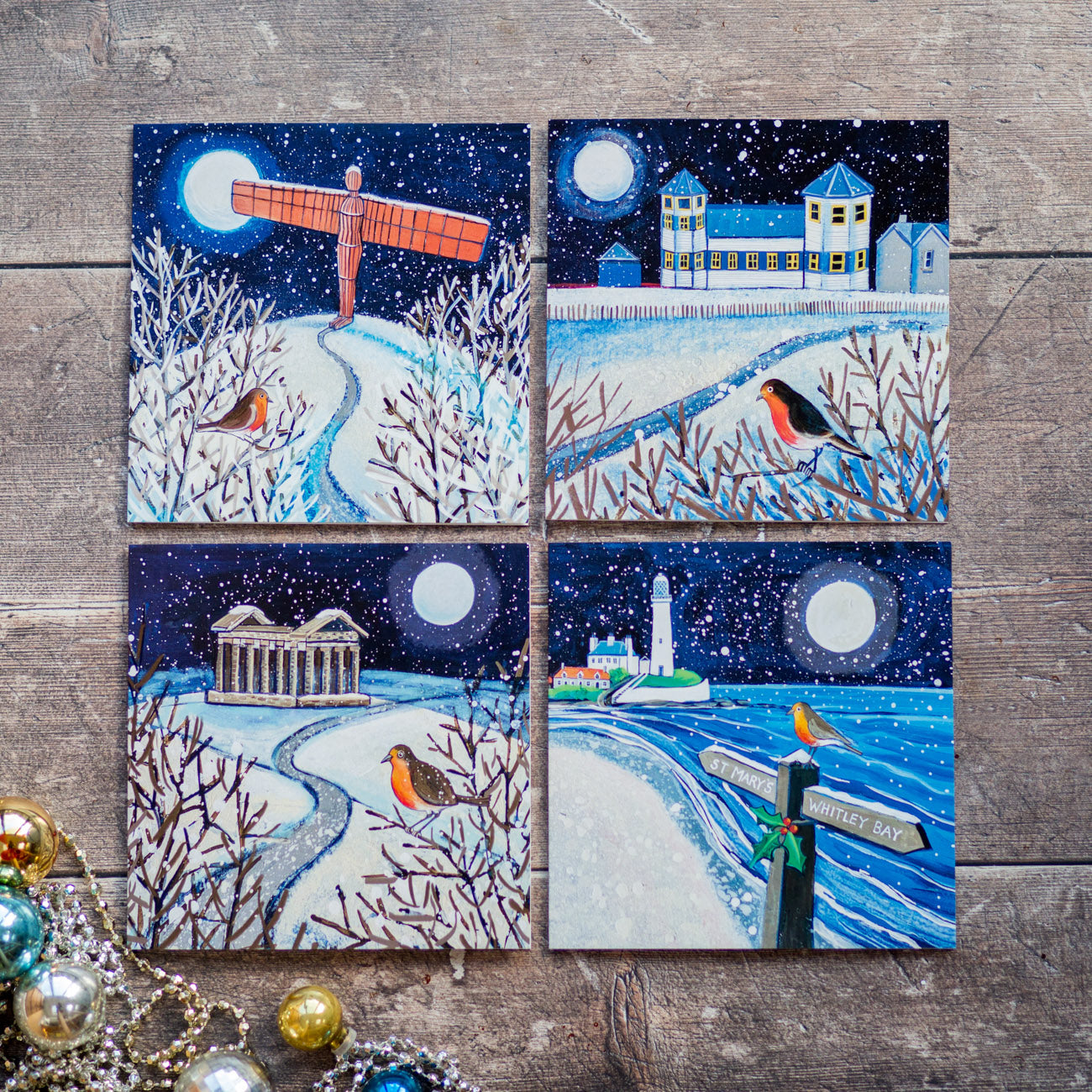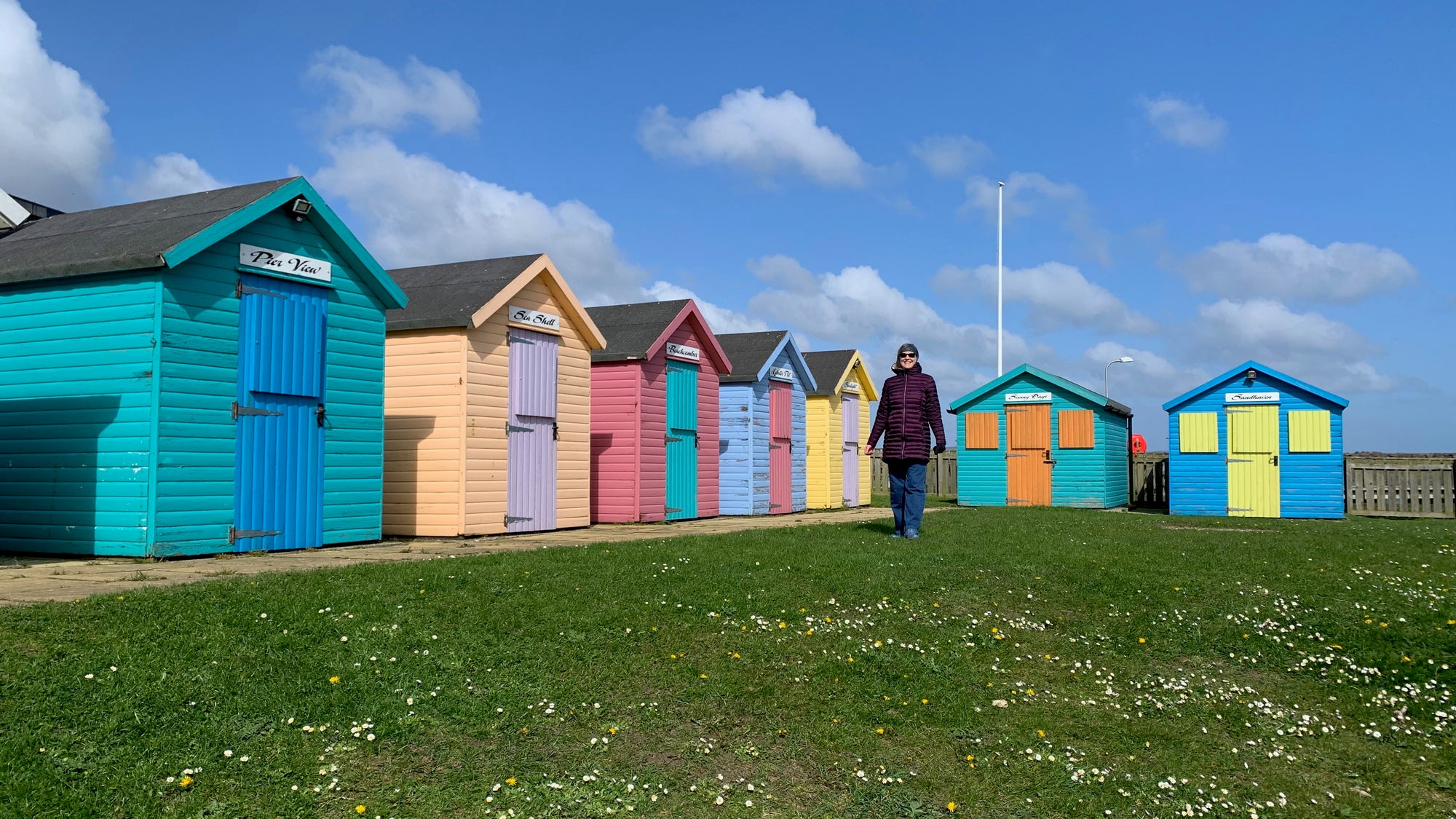How Long Does It Take to Finish a Painting? A Look Inside the Artist’s Process
One of the most commonly asked questions I hear is, “So, how long does a painting take you to finish?” And each time I’m asked, I find it almost impossible to give a straightforward answer. From an outsider’s perspective, it might seem like a simple question, but from the artist's viewpoint, there are so many variables at play that shape the time it takes to complete a painting.
From Sketchbook Ideas to Final Piece: The Journey of a Painting

Let’s start at the beginning—the sketchbook. For me, this is where ideas take shape, and it's an essential part of the creative process. I like to visit locations in person and sketch from life as much as I can, to add real provenance to my work. This stage is like planting seeds, and there's no telling how quickly inspiration will strike. Some sketches get developed into a painting right away, others sit for weeks or even months before I’m ready to dive into painting.
After the sketchbook phase comes the development of the painting itself. This is where the real time complexity begins. Several factors affect how long this stage takes:
- Canvas Size: Many assume a large painting takes longer to create, but that’s not always true. In fact, I prefer working on larger canvases. It allows me to use my full arm motion, make big brushstrokes, and be more expressive. Small paintings, by contrast, can feel restrictive and often require more detailed work, which can be time-consuming. So, bigger doesn’t always mean slower!
- Detail: The level of detail I want to incorporate plays a significant role in timing. A highly detailed piece naturally demands more patience and time, but not every painting calls for that level of precision. Some pieces are about capturing an emotion or a movement—those paintings can happen much more quickly.
- Subject Familiarity: When I’m painting something I’ve worked with before, it tends to flow faster. I’ve already spent time studying the subject, so I don’t need to overthink my approach. But if I’m experimenting with something new, that extra time in understanding and translating it onto the canvas can slow the process.
- Mood & Flow: Creativity can’t be rushed, and it certainly doesn’t come on a schedule. Some days, the painting process feels effortless; everything clicks into place, and the piece seems to come together on its own. Other days, I struggle to find the right brushstroke or color. When I’m in the right creative flow, things move faster, and the painting often turns out better. But finding that rhythm is a delicate balance.
- Uninterrupted Time: Finally, there’s the matter of having uninterrupted time in the studio. Life is full of distractions, and having large blocks of time dedicated to painting is key. The more uninterrupted time I have, the faster I can immerse myself in the work. Even a short break can sometimes break my concentration, causing me to spend more time getting back into the creative groove.
Time, Practice, and the Art of Speed
I once read about Scottish artist John Lowrie Morrison, who said it took him 40 years to be able to create a painting in an afternoon. That quote has stuck with me. I haven’t been painting for 40 years yet, and I can’t imagine completing a full piece in just an afternoon! But there’s something deeply true in what he said. As artists, the more we practice, the more confident we become in our process, and that confidence translates into speed. It’s not that the work is rushed—it’s that we know where we’re going and trust our instincts.

In my own experience, time spent practicing improves not only the speed of my work but also the quality. I’ve learned to trust my intuition and avoid overworking a painting. In fact, some of my best pieces are the ones I completed more quickly because they flowed naturally. When I’ve overthought or overworked a piece, mistakes happen, and the painting can lose its original vibrancy.
The Myth of Time Equals Value
Another misconception people often have is that the longer I spend on a painting, the better it should be. But that’s not always the case. You can’t necessarily equate the hours spent on a piece to its overall quality or value. Some of my quickest paintings are my favorites because they retain a certain energy and spontaneity that can’t be forced.
So, when you ask, “How long does a painting take?” the answer is—it depends. It depends on the size, the subject, the detail, my mood, and the circumstances around me. Each painting is a journey, and some journeys take longer than others.
Final Thoughts
I hope these thoughts help to shed some light on the elusive question of time in the painting process. Every artist has their own relationship with time and creativity, and for me, it’s less about how long a piece takes and more about how well I connect with the work. Time spent on a painting doesn’t always define its value, and the artistic journey is full of surprises that no clock can measure.
Click Here to watch my YoutTube video of the painting process of this painting of Staithes!




